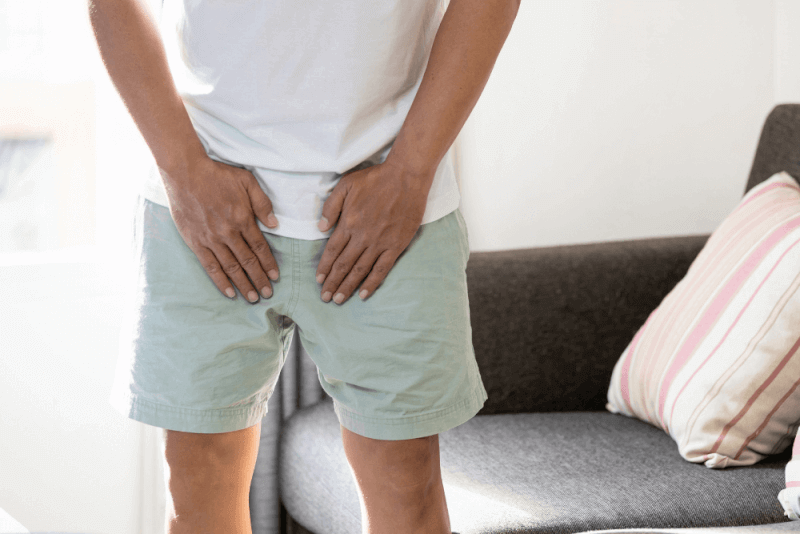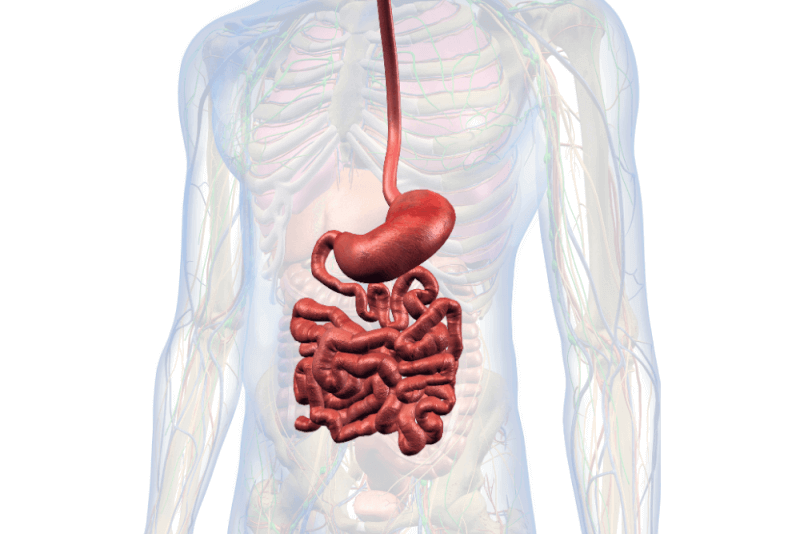The most common type of abdominal wall hernia is the one that occurs in the groin area. Inguinal hernias, called inguinal hernias, are approximately 3 times more common in men than in women and account for eighty percent of hernia types.
What is Inguinal Hernia?
Hernia, a disease that can be seen at any age and in both sexes, is named according to the regions where it is seen. The areas where hernias occur are where the abdominal wall is weakest. Inguinal hernia is when one of the internal organs in the abdomen protrudes outward from a weak point of the peritoneal wall in the groin. This protrusion under the skin is usually the intestine.
In the initial stage of inguinal hernia, patients experience increased intra-abdominal pressure during activities such as straining, coughing, sneezing or standing. For this reason, an inguinal hernia is not seen when the person is lying down. If the inguinal hernia is not treated, the swelling will gradually increase. Inguinal hernias that do not heal on their own occur in approximately one in 10 men.
Types of Inguinal Hernia
Inguinal hernia is divided into 3 different types Depending on their location and causes, they are divided into these types.
Direct inguinal hernia
In this type of inguinal hernia, which is usually seen in older ages due to weakening of the muscles, the hernia is seen on both sides in 40% of cases. It is not very large, but looks like a half-moon. The hernia that does not come out of the inguinal canal can be pushed into the abdomen. This type of inguinal hernia, which usually appears during movements that increase intra-abdominal pressure and while standing, can descend into the scrotum, that is, the scrotum, if left untreated.
Indirect Inguinal Hernia
This type of inguinal hernia, which is 10 times more common in women than in men, is also the most common type of inguinal hernia. These congenital inguinal hernias are usually seen in youth. A unilateral hernia can become very large and, if left untreated, may descend into the scrotum. There is also a high risk of strangulated hernia, also called strangulated hernia.
Femoral Hernia
Femoral hernia, the most common type of hernia in women, occurs on the main vein in the groin area that leads to the leg. This main vessel passes through an opening called the femoral ring and the hernia forms exactly over this opening. It is caused by women’s physical exertion and pregnancy.
Causes of Inguinal Hernia
The reason why inguinal hernias are more common in men than in women is that the inguinal canal, which is necessary for the testicles to descend into the scrotum during the last stages of pregnancy, does not close shortly after birth. Other factors that cause inguinal hernia are as follows:
- Excessive exercise,
- Smoking,
- Previous hernia surgery,
- Being born prematurely,
- Genetic factors,
- Prostate diseases,
- Chronic constipation,
- Chronic lung diseases,
- Tumors that form inside the abdomen,
- Traumas,
- Pregnancy,
- Difficulty urinating,
- Chronic cough
- Don’t push,
- Heavy lifting
- Excessive weight gain or loss,
- Old age
- Weakening of connective tissues,
- Decreased collagen synthesis,
Symptoms of Inguinal Hernia
Inguinal hernia, which is characterized by swelling or swelling in the groin area, usually does not cause any discomfort. For this reason, it is detected during routine controls. In patients with an inguinal hernia, the symptom is pain after relaxation in the groin, pressing and soft swelling in the groin. Some patients may experience pain and burning sensation over the swelling. Patients may feel discomfort, pressure or pain when lifting heavy weights. In some cases, inguinal hernias that can cause constipation may cause pain after a meal. If left untreated, the hernia descends into the scrotum and swelling is observed here.
Inguinal Hernia Treatment
Inguinal hernia cannot be treated with medication. Surgery is generally preferred in the treatment of inguinal hernia. However, some patients are not suitable for surgery and are advised to use an inguinal ligament.
Groin Ligament
For those who cannot undergo surgery, experts recommend the use of an inguinal ligament. Inguinal ligaments, which restrict the movements of the legs and prevent the hernia from coming out by forming a cushion over the hernia, can cause some problems. The most common of these problems is the strangulation of the hernia by the inguinal ligament. For this reason, surgery is recommended to patients with difficulty.
Inguinal Hernia Surgery
In open inguinal hernia surgeries, an incision about 5 centimeters long is made in the groin area and surgery is performed through this incision. In closed inguinal hernia surgeries, 3 small incisions are created and the surgery is performed through these incisions.
In both open and closed inguinal hernia surgeries, the organs in the affected area are removed into the abdomen. The area between the muscle and the peritoneum is then closed with a patch. This prevents hernia formation again. This patch has no side effects and is easily accepted by the body.
Although the methods applied in closed and open surgeries are the same, closed surgeries are generally preferred because they provide faster recovery. The presence of strangulated or tightly compressed hernias, a very large hernia or previous prostate surgery make open surgery mandatory.
Patients who start feeding a few hours after surgery can stand up after 8 hours. Patients are usually discharged after 1 day, no diet program is applied and patients can start work as soon as they feel well. However, patients should take a break from exercise for a month and a half, avoid heavy lifting and keep their weight under control.













